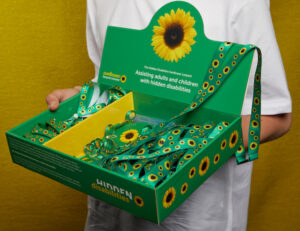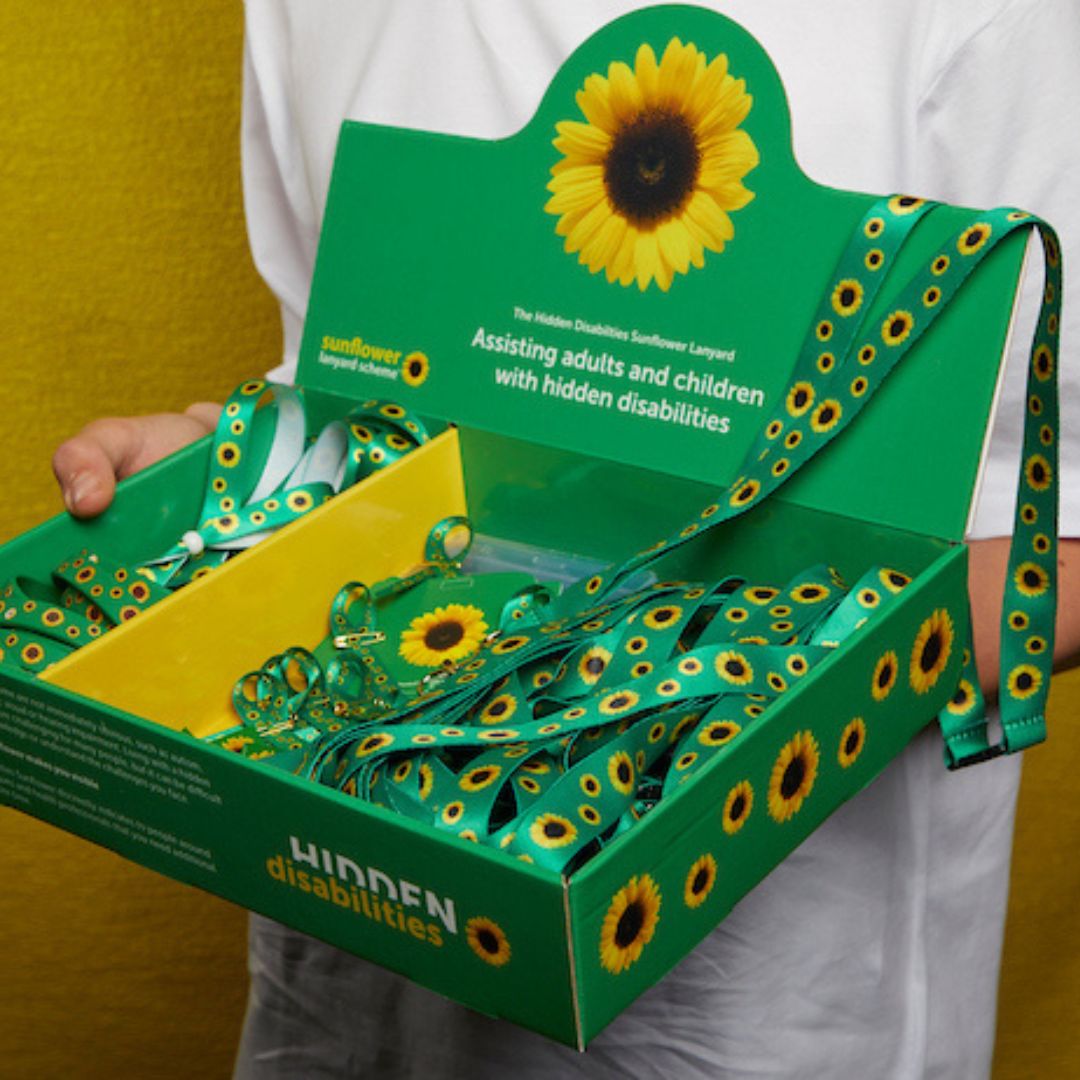Did you know that globally 1 in 6 people live with disability? Second to this, many disabilities are non-visible conditions or both a combination of visible and non-visible conditions.
For this reason, Invisible Disabilities Week was established in 2014 by the Invisible Disabilities Association. Annually from 15-21 October, it raises awareness about these conditions, promotes acceptance, and helps to break down unhealthy negative stereotypes.
Invisible disabilities can include neurological, mental, or physical conditions that might not be immediately apparent. Hidden disabilities come in all shapes and sizes, and there’s no blanket definition or set of parameters, they can be temporary, permanent, or situational. Examples include autism, epilepsy, chronic fatigue syndrome, sensory processing disorder, multiple sclerosis, fibromyalgia, anxiety, and brain injury, among others. It is essential to understand that these conditions have the potential to create challenges for individuals in managing their daily lives, and they may need support.

A box of sunflower lanyards. Photo credit: Neil Juggins
There are many ways to raise awareness about invisible disabilities, such as sharing the value of wearing the sunflower lanyard. The sunflower lanyard, coined by Hidden Disabilities, is a handy tool and well-recognised symbol that’s gaining prominence worldwide. This visual cue non-verbally represents hidden disabilities, as the wearer is letting others know that they have a hidden disability or condition that might not be apparent. As a result, by making the invisible visible, this lanyard helps people to readily receive any necessary support. We hope to see more organisations growing aware of the sunflower lanyard, and we hope to see more inclusivity, acceptance and understanding of invisible disabilities in our community.
Just because you can’t see it, doesn’t mean it’s not there. Let’s all do our part to help make the world a more inclusive place this Invisible Disabilities Week by bringing awareness, education and support to family, friends, colleagues and the wider community.
For more information, please visit and share the resources from Invisible Disabilities and Hidden Disabilities via the links below:
Read more ways to participate in Invisible Disabilities Week: https://invisibledisabilities.org
Learn more about Invisible Disabilities and the sunflower lanyard: https://hdsunflower.com/au/



